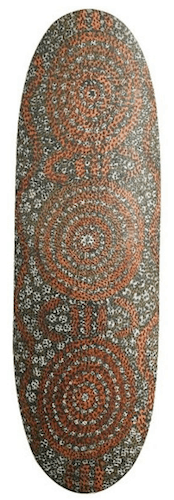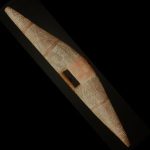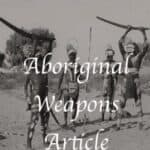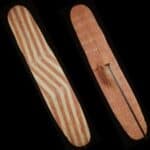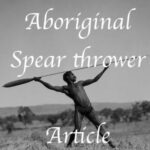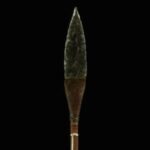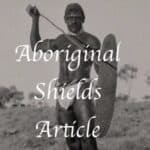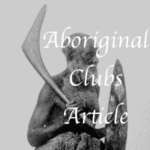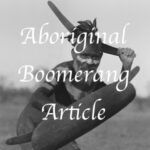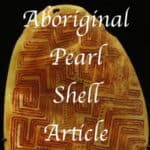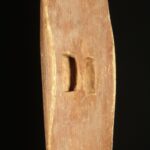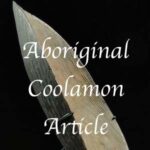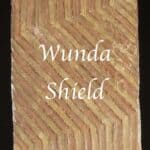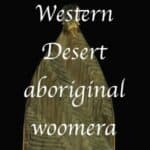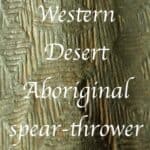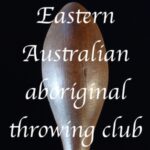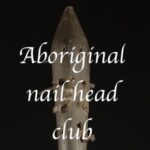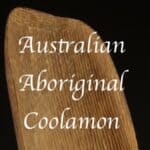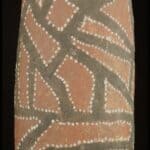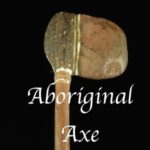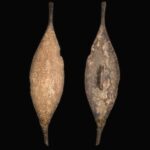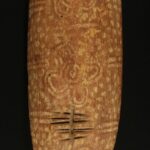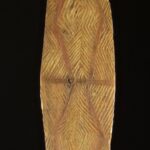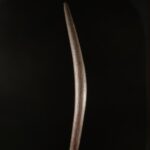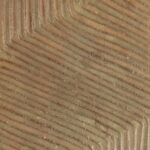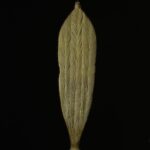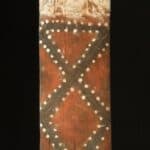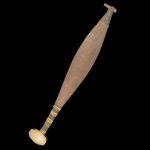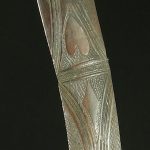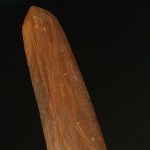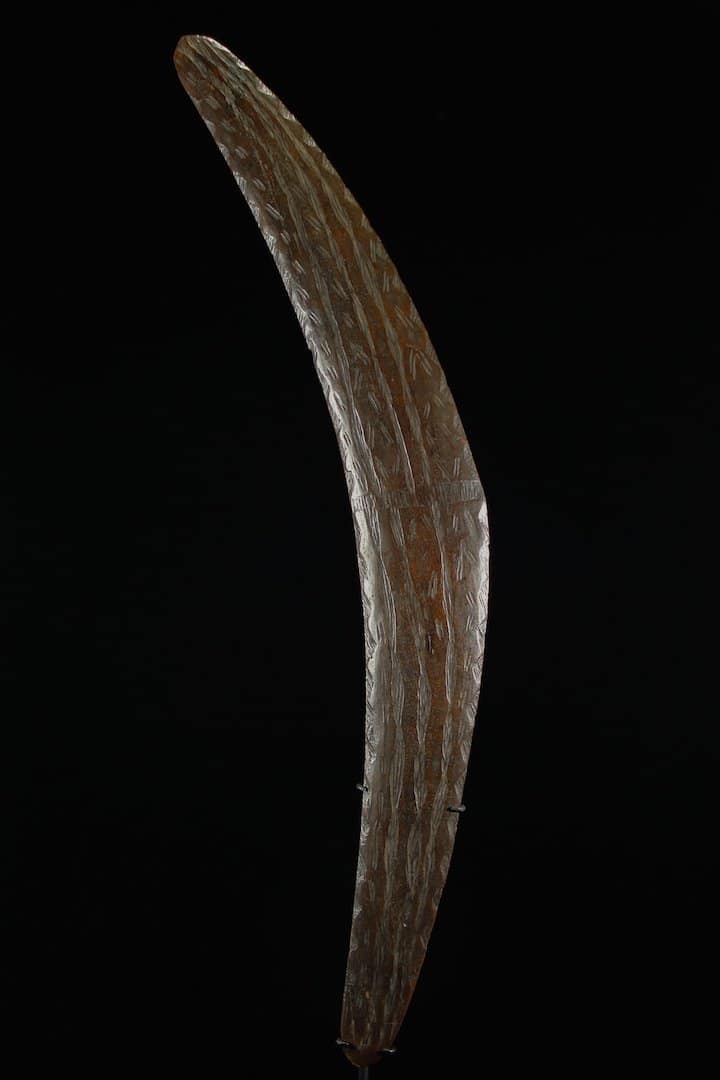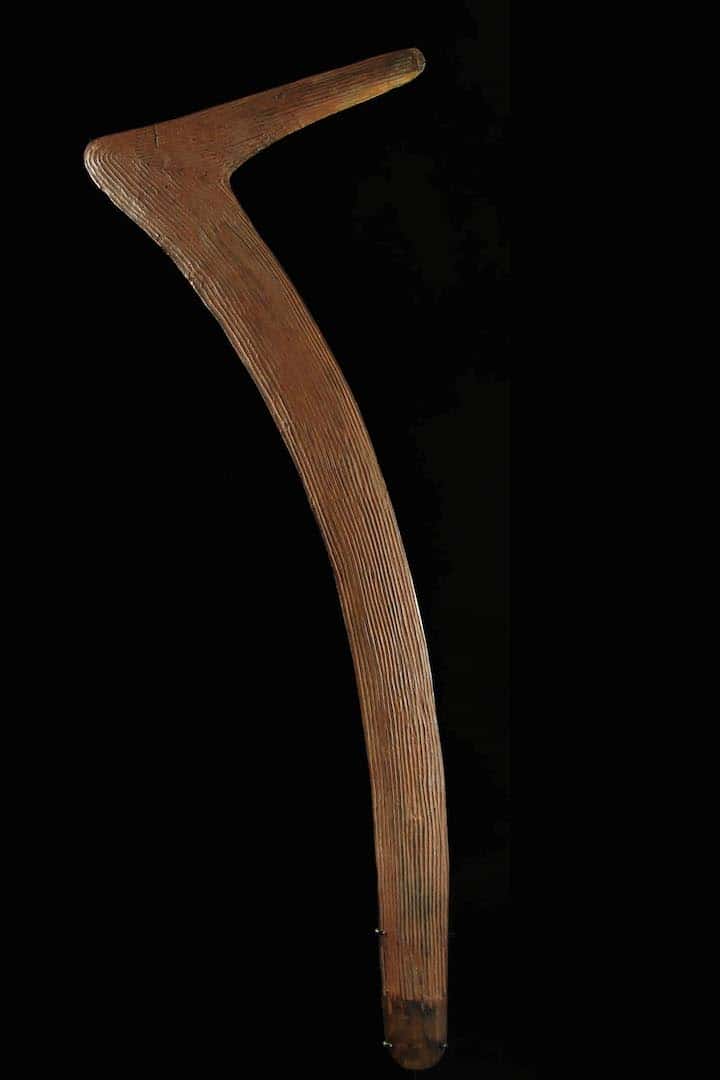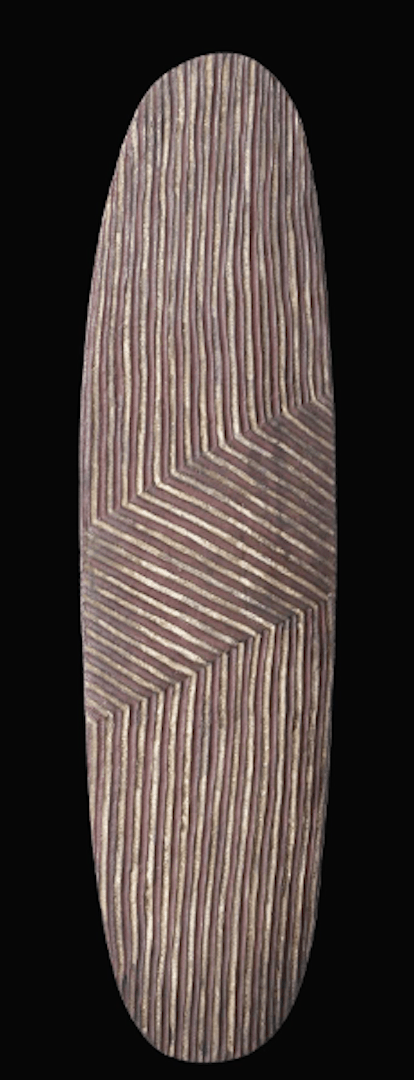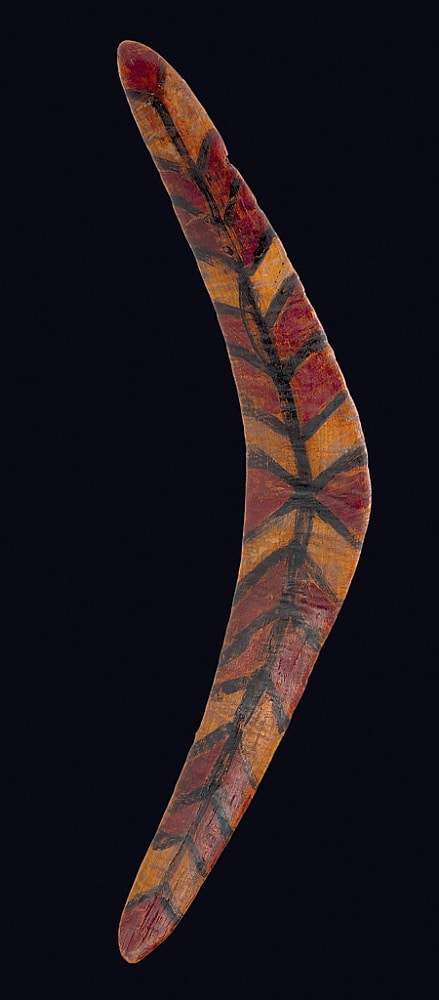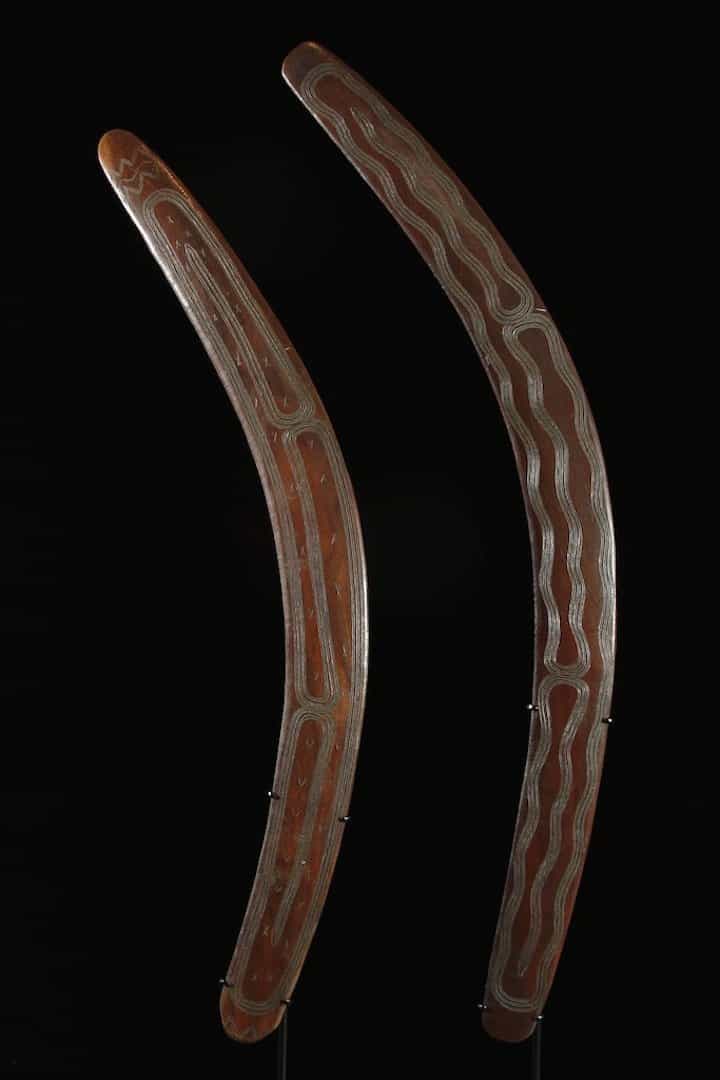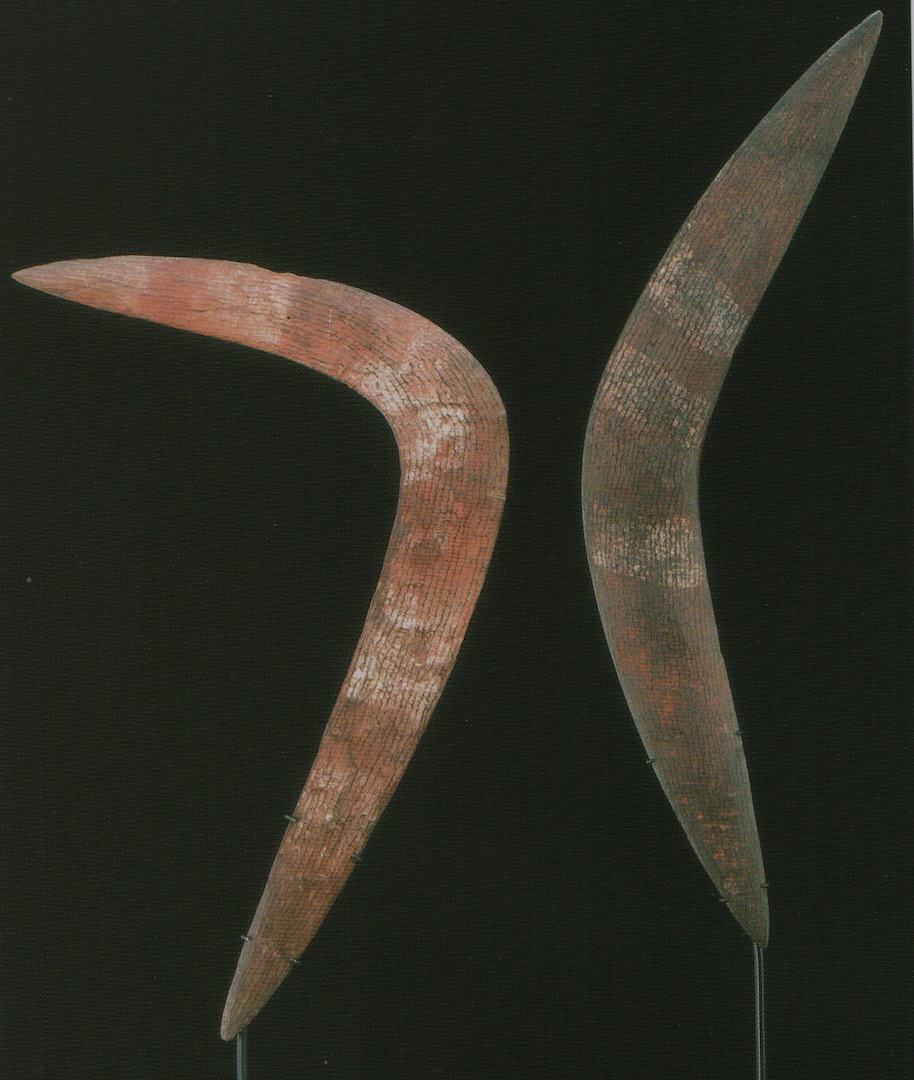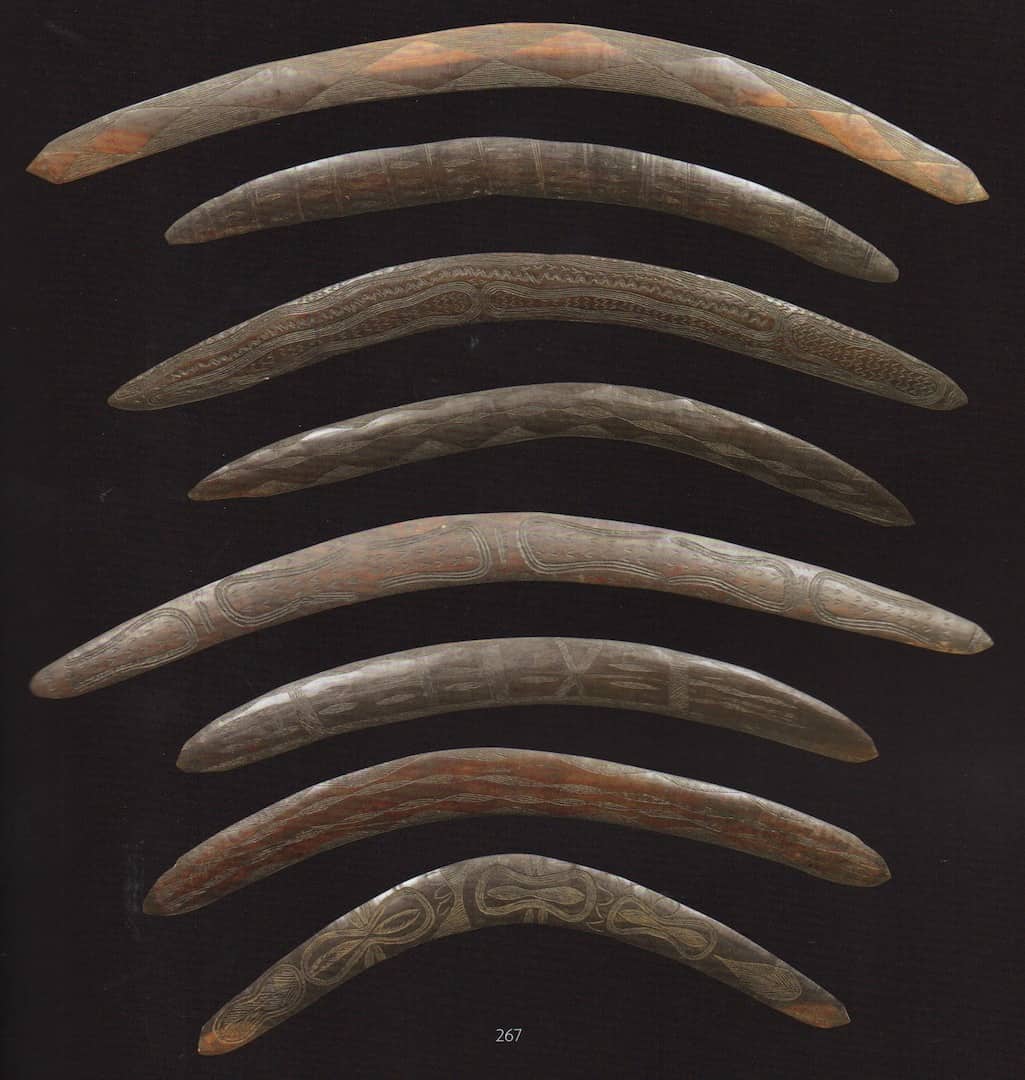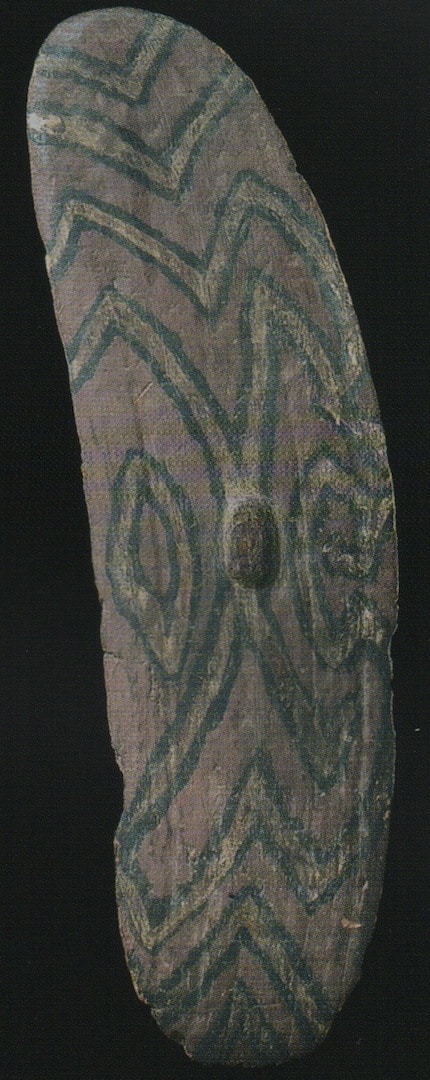Aboriginal Weapons: Form Function and beauty
There are six main types of Aboriginal weapons that aboriginal people used. These are spears, spear throwers, clubs, shields, boomerangs, and sorcery.
Many aboriginal weapons are for hunting as well as warfare. A boomerang or spear-thrower used for hunting game could also be used in fighting. Shields and clubs were for warfare.
Aboriginal weapons are collectible. Some can be quite valuable. Collectible value depends on age rarity condition and beauty.
I collect Aboriginal Weapons. If you want to Sell an aboriginal weapon please feel free to contact me. I would love to see it.
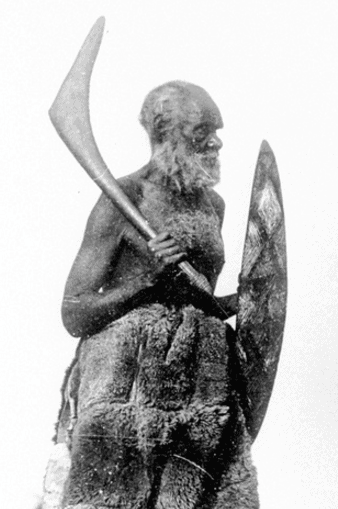
There is a vast variation in size, form, decoration, and function of Australian Aboriginal Weapons. This variation reflects the social and cultural diversity of Aboriginal people. Australian Aboriginals had over 200 languages.
In some regions, large boomerangs were the preferred weapon. In other areas, clubs and parrying shields more popular. Many weapons also had ceremonial uses.
Aboriginal Weapon Types
Shields Aboriginal weapons
Aboriginal shields are the most collectible of all the aboriginal weapons. This is because they are often covered in intricate designs and show the highest levels of workmanship.
There are seven main types of Aboriginal shield. There is two main category of shield types. They were either designed to block projectile weapons like spears or boomerangs or to parry a blow from a club.
Design workmanship and rarity greatly affect the value of a shield. Some shields made as tourist items tend not to be very valuable.
Shields vary in size from 40 cm to over 120 cm.
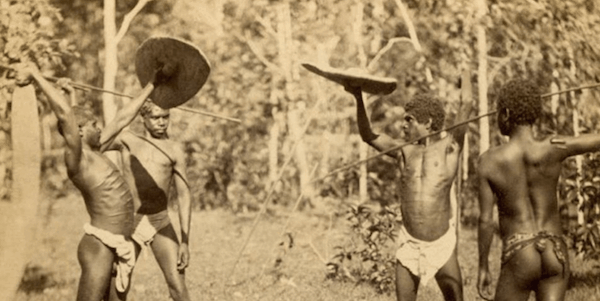
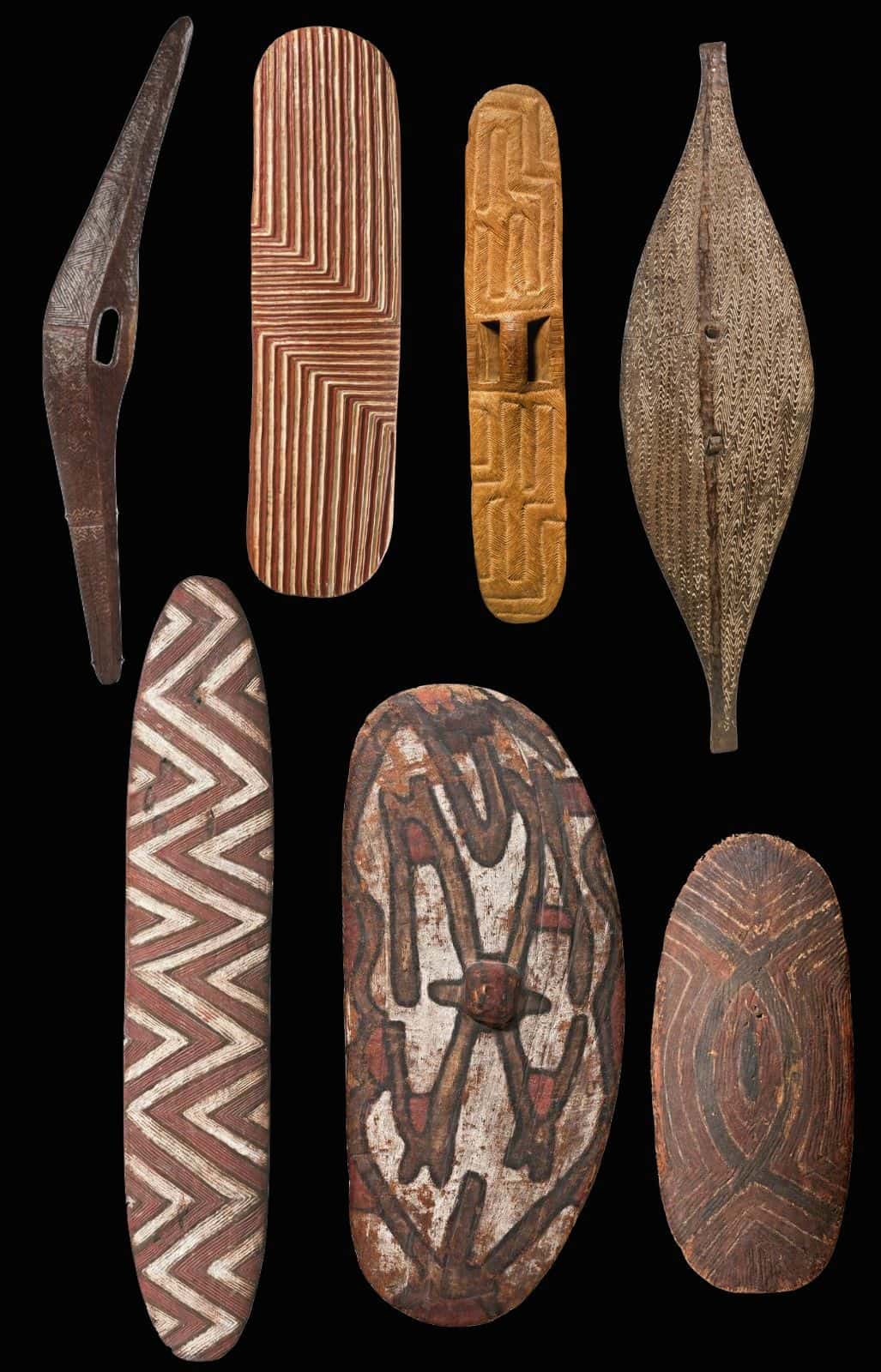
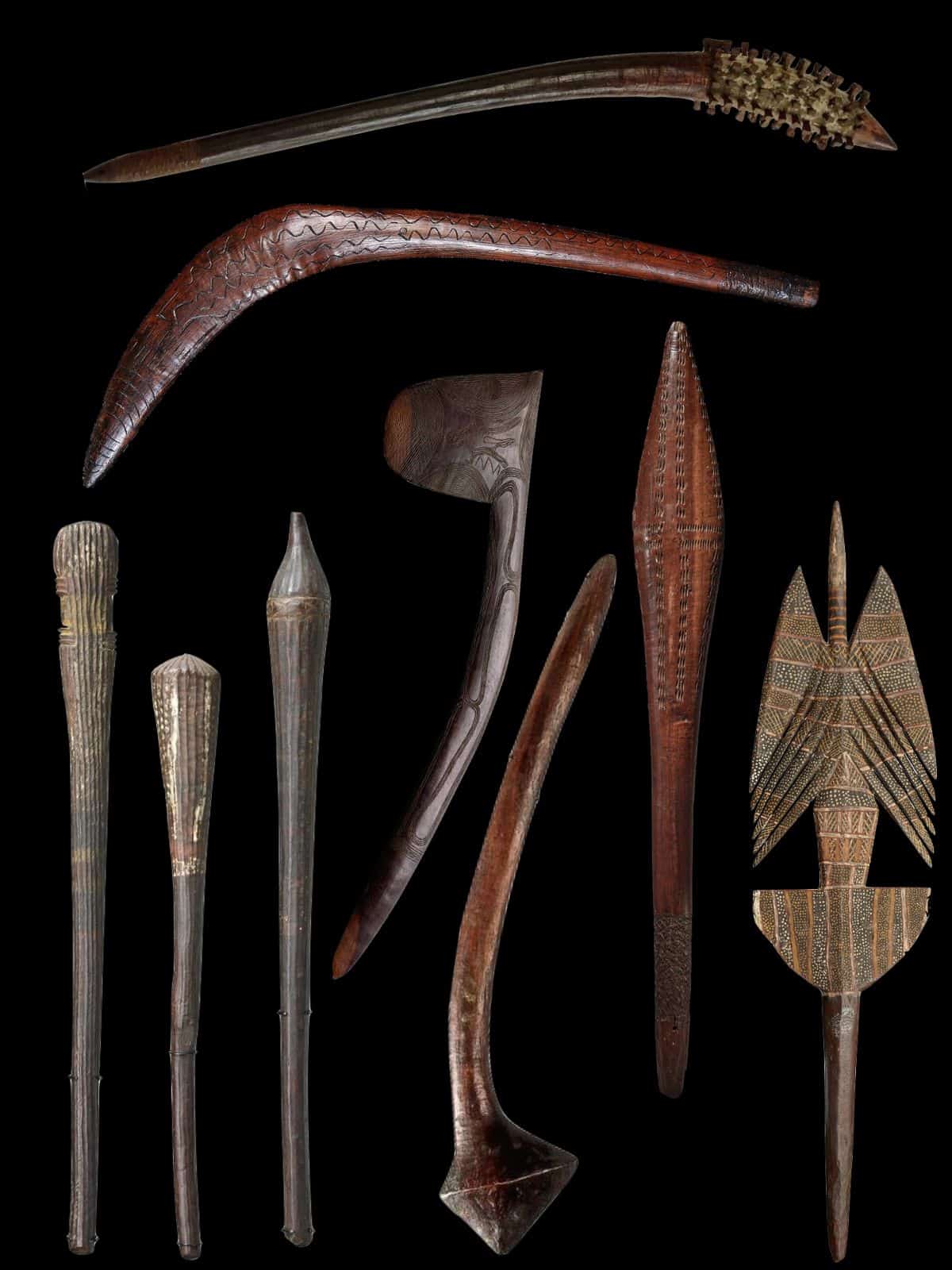
Aboriginal clubs
Three main categories of Aboriginal Clubs are for warfare. Throwing Clubs were lethal projectiles and made specifically to throw. Sword clubs are flat in profile and bludgeoning clubs. There is a large variety of Aboriginal clubs .
These are in a separate article and from different regions. Aboriginal clubs vary from not very collectible sticks with a crudely cut hand grip to intricately carved weapons with wonderful forms.
Aboriginal Clubs are often referred to as Nulla Nulla. The word Nulla Nulla is from the Dharuk word ŋa-la-ŋa-la
Larger aboriginal clubs are often called waddy.
Aboriginal weapon Spear throwers
The aboriginal spear thrower is an ingenious device. It allows a spear to propelled far further than it could by hand alone. There were six main types of spear thrower in Aboriginal Australia. Details of Spearthrower types are in my article Aboriginal spear throwers.
Many spear throwers were are for hunting bigger game animals. They were also used in tribal fighting. Some spear throwers were even used to deflect incoming spears. Incised spear throwers are more valuable than plain ones.
Spearthrowers are often carved with lovely traditional motifs. They are collectible as a form of aboriginal art.
Aboriginal spear throwers are often called Woomera. The word “woomera” comes from the Dharug language of the Eora people near Sydney.
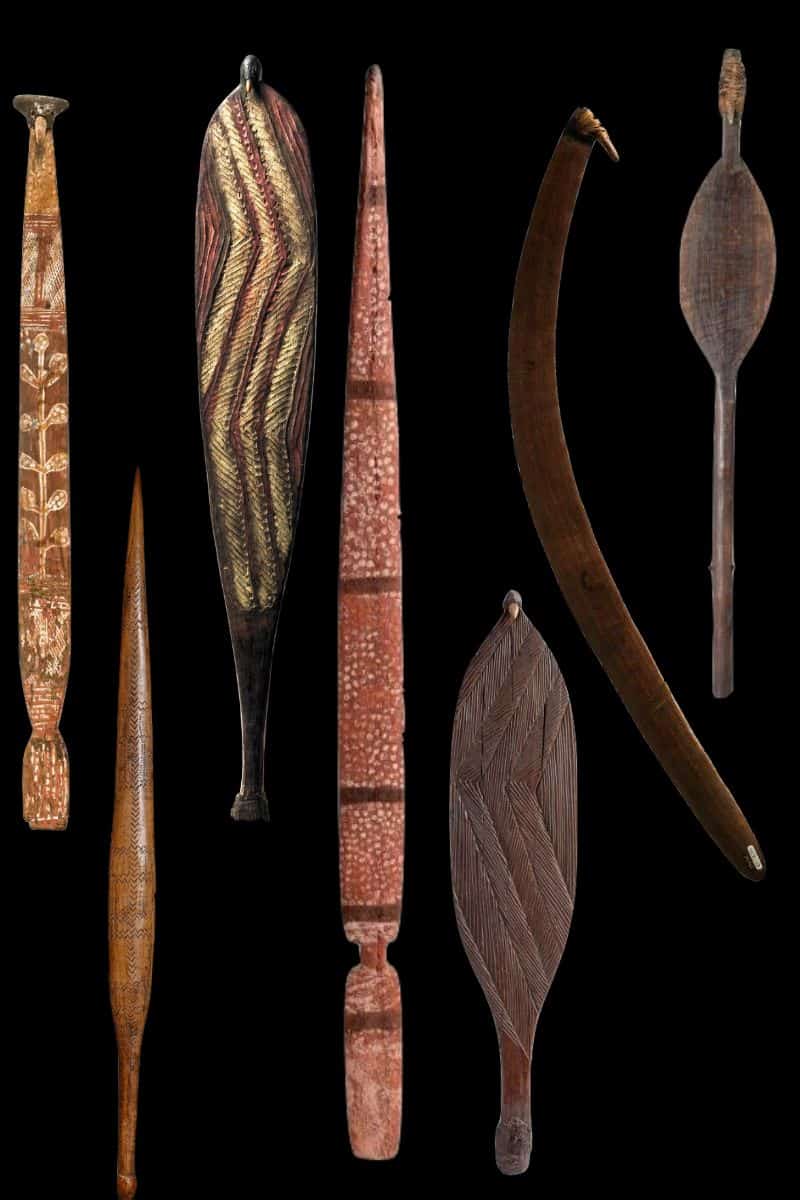

Aboriginal Weapons Spears

Aboriginal Weapons Boomerangs
Many boomerangs were predominantly for hunting game. Some boomerangs were specifically for Warfare. Most noteworthy is the number 7 or killer boomerang from Central Australia. The design is to hook onto opponents parrying shield and swing in behind it.
The Lake Eyre fighting boomerangs can be up to 2 meters long are for close quarters combat.
In the Kimberley of Western Australia, the boomerang was the predominant projectile weapon.
There are 12 main categories of the Aboriginal boomerang. These are covered more in a separate article.
Some boomerangs are far more collectible than others. Rare forms of the boomerang and those with great designs are most sort after.
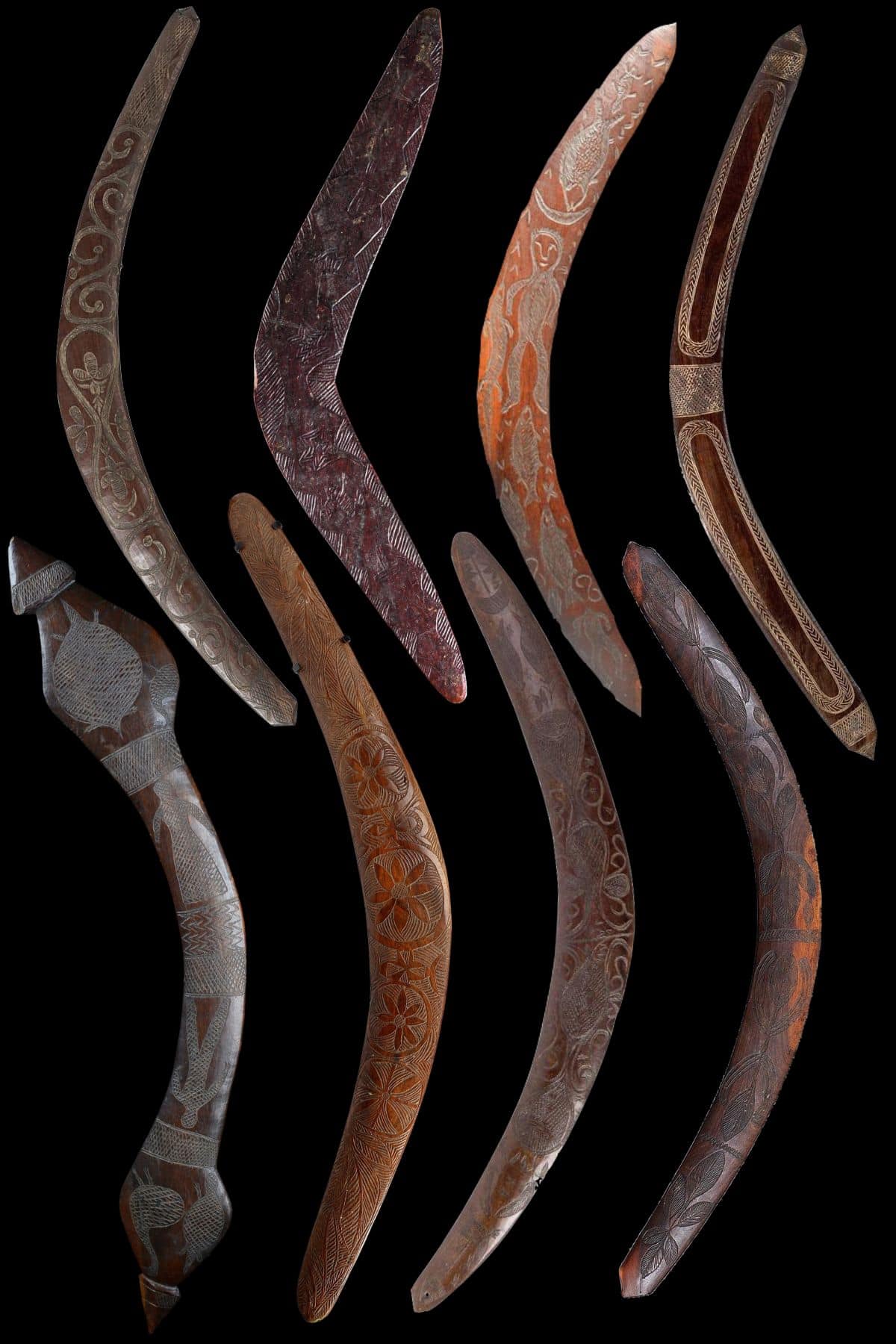
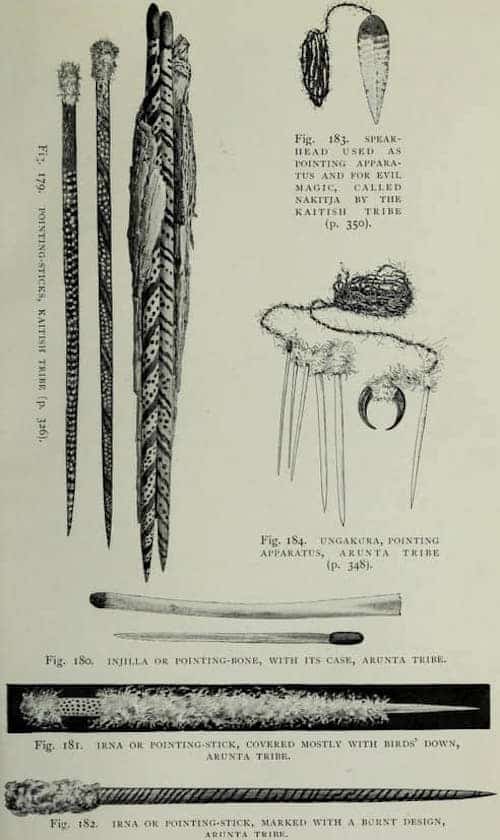
Sorcery as a Weapon
In western society, we do not think of sorcery as a weapon. In Aboriginal Australia it was deadly. There were many different cultural practices most of which are secret or sacred. These will not be discussed here.
Two well-known weapons related to sorcery are the pointing bone and Kadiache shoes. Firstly the pointing boned if pointed at someone would cause them to grow sick and then die. Another weapon associated with sorcery is Kadaicha Shoes. They are a stealth weapon which allowed the wearer to leave no footprints. A feather foot or Kadaitcha man could enter a sleeping campsite, kill you and leave without a trace.
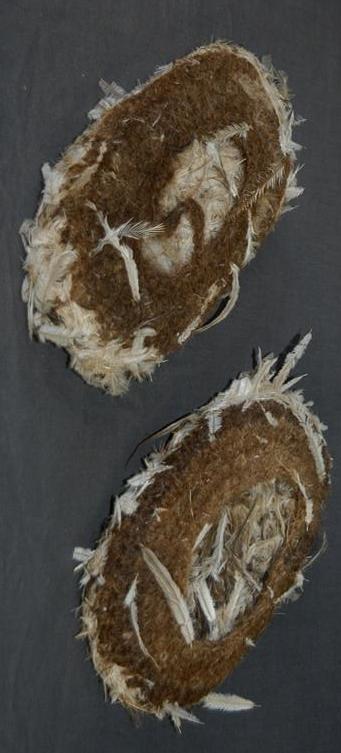
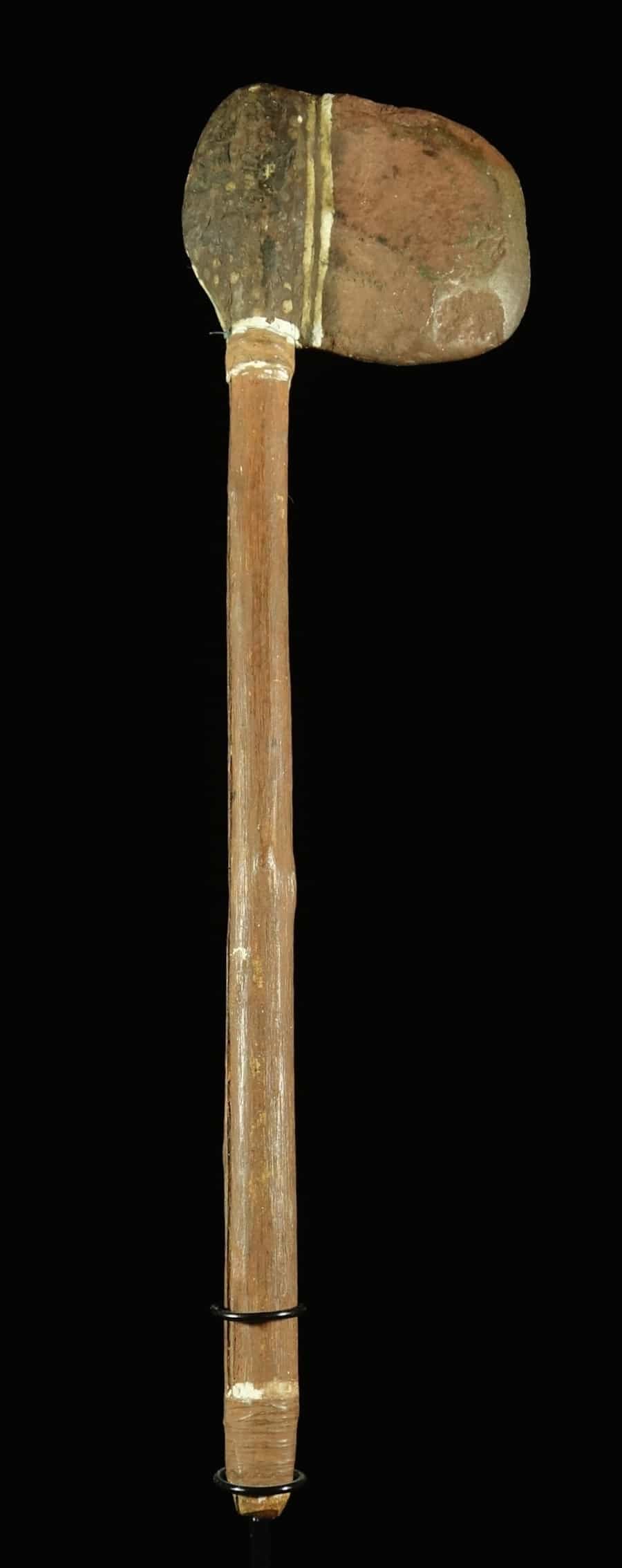
Aboriginal Axe
Aboriginal Axes were not made as weapons but could be used as one if the situation demanded. Axes were predominantly used for cutting bark for canoes and roots for making rafts.
Aboriginal axes have a stone head and a bent cane shaft. The stone head is held in place with fired resin.
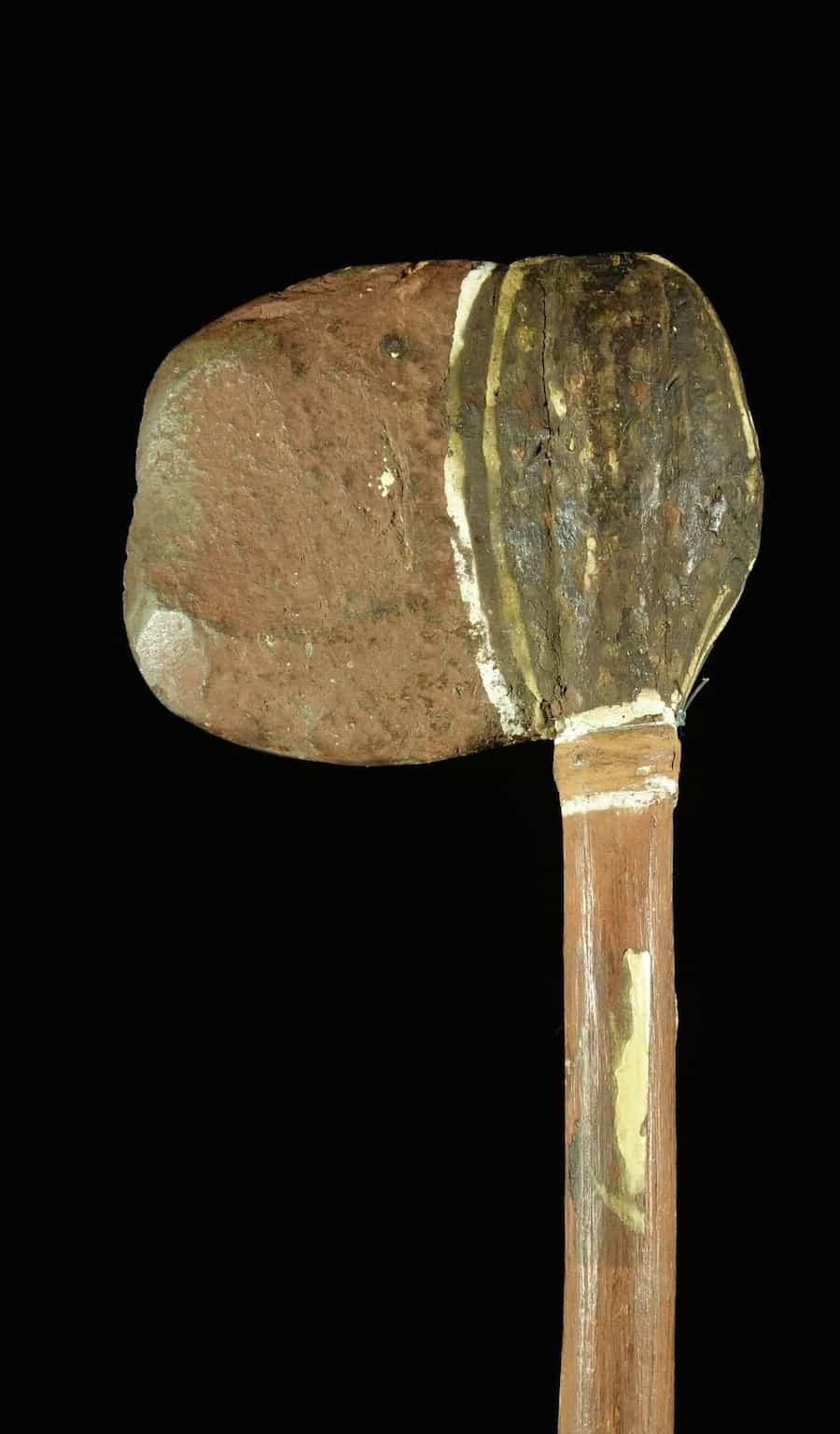
Aboriginal Weapons as art
Old aboriginal weapons are often engraved with totemic and clan designs. This makes them a highly collectible form of traditional aboriginal art.
Aboriginal artists in the 1970’s also used shields as a canvass. Some of these shields painted by famous artists are collectible.
Aboriginal weapons references
All images in this article are for educational purposes only.
This site may contain copyrighted material the use of which was not specified by the copyright owner.


